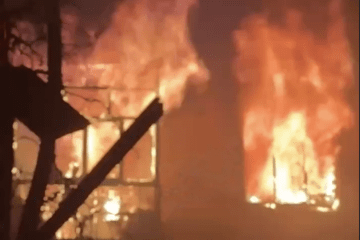- Category
- Latest news
Russian Weapons in Libya: Smerch MLRS and Tor Air Defenses Parade in Benghazi
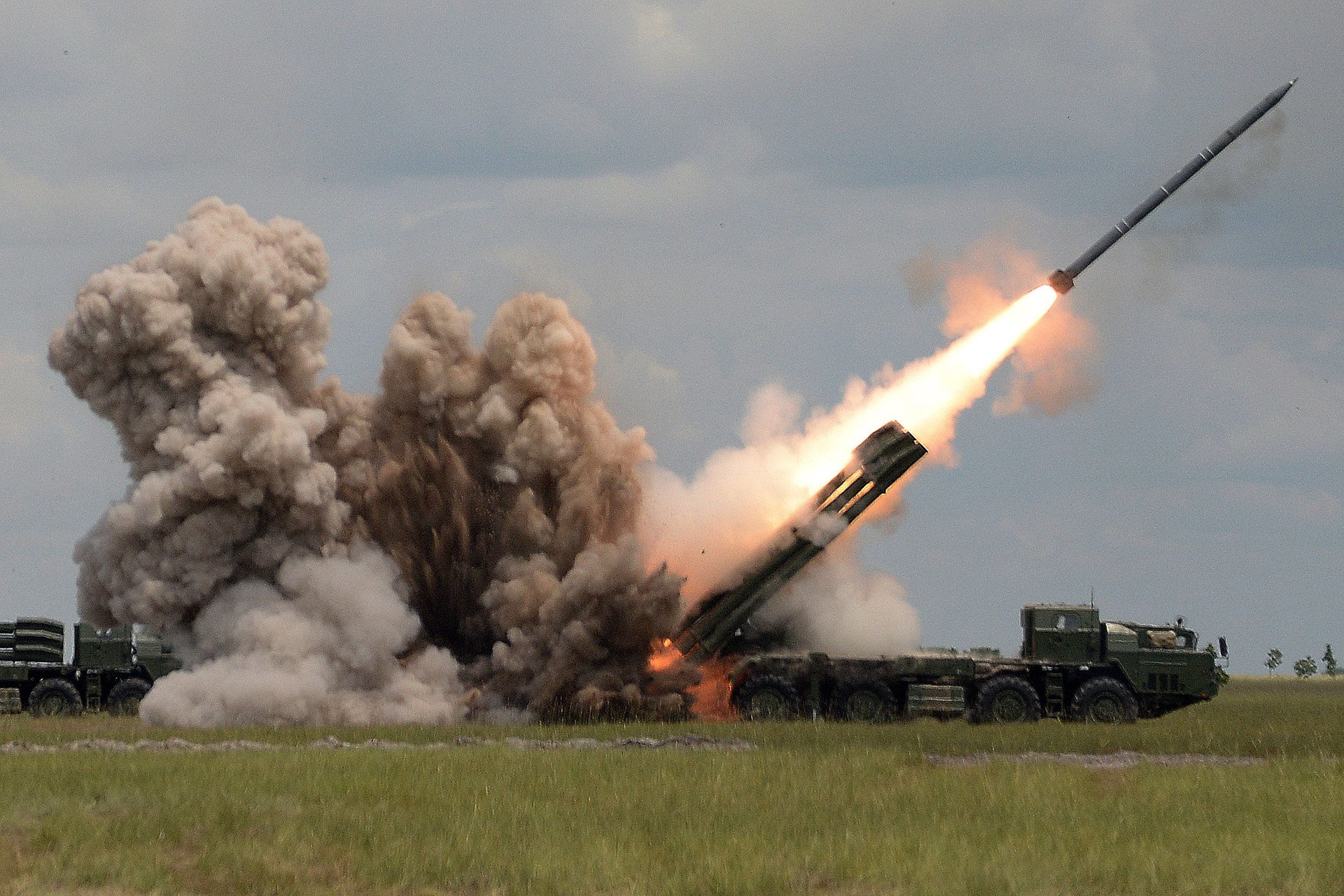
The Libyan National Army (LNA), led by Field Marshal Khalifa Haftar, unveiled a significant array of Russian-supplied military hardware—including BM-30 Smerch multiple launch rocket systems (MLRS)—during a military parade in Benghazi on May 26.
The parade marked the 11th anniversary of Operation Al-Karama, Haftar’s campaign launched in 2014 against Islamist factions in eastern Libya, defense media outlet Army Recognition reported on May 28.
Among the most notable new assets displayed were two BM-30 Smerch 300mm multiple launch rocket systems—long-range, high-capacity artillery platforms capable of launching 12 rockets in under 40 seconds with a range of up to 90 kilometers.
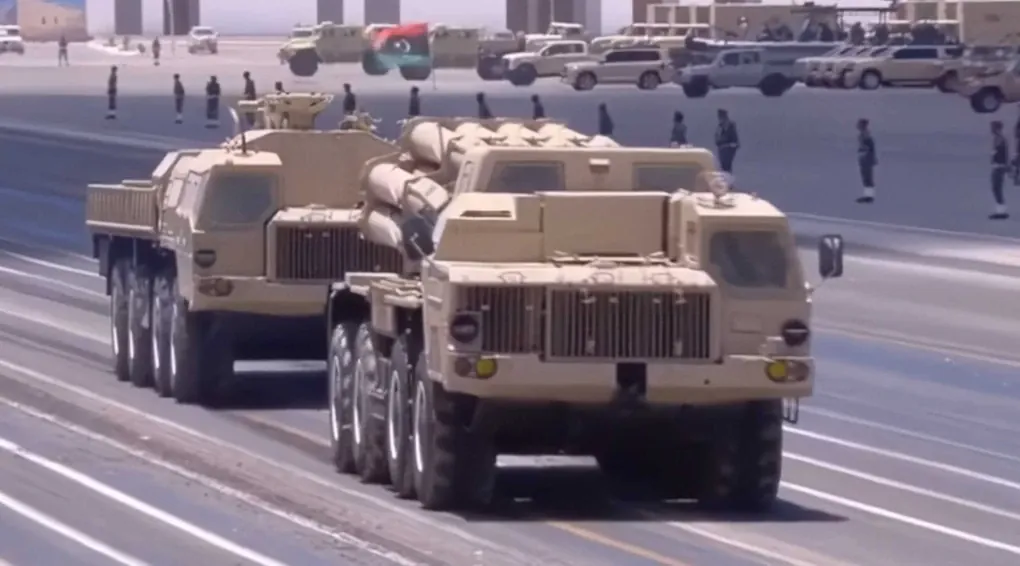
These were showcased alongside Russian-made Tor-M2E air defense systems, BMP-2M infantry fighting vehicles with Berezhok combat modules, T-72 and T-55 tanks, BTR-82 APCs, and VPK-Ural armored trucks.
The appearance of this advanced weaponry raises new questions about the depth of Russian support for Haftar’s forces and Moscow’s broader ambitions in Africa. While the parade created an impression of mass-scale arms transfers, analysts suggest the actual volume of equipment may be modest.
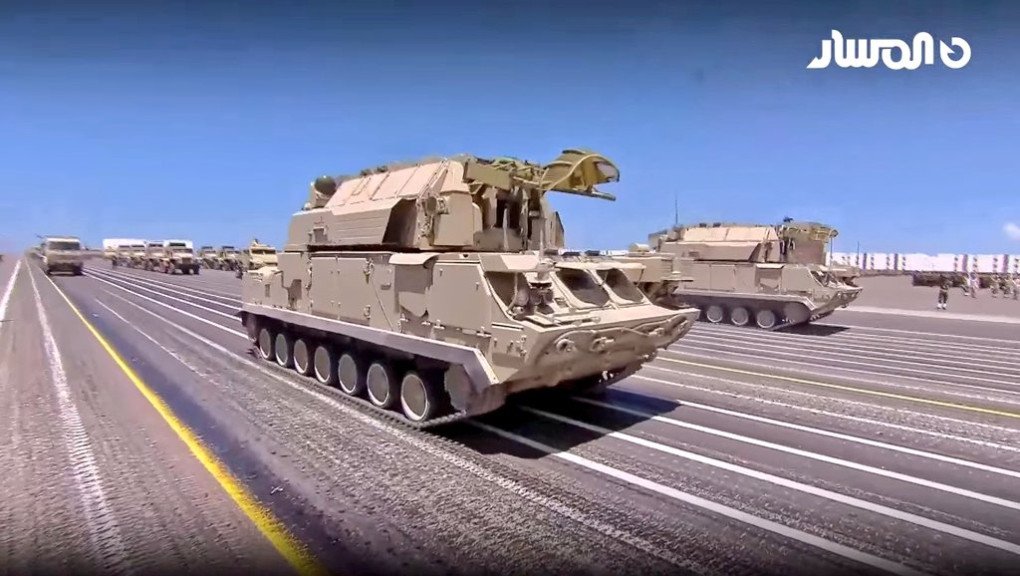
“This is the kind of gear Russian forces could lose in just one or two weeks of active combat against Ukraine,” noted Ukrainian defense outlet Defense Express.
Expanding the LNA’s long-range strike capabilities
The presence of the Smerch system is still significant. Designed in the 1980s, the BM-30 remains one of the most powerful conventional artillery systems in use.
It delivers a variety of munitions—from thermobaric and anti-personnel cluster warheads to anti-tank submunitions—with high precision and rapid deployment capabilities. Integrated satellite navigation and modern fire control systems enhance its effectiveness in long-range, indirect fire support roles.
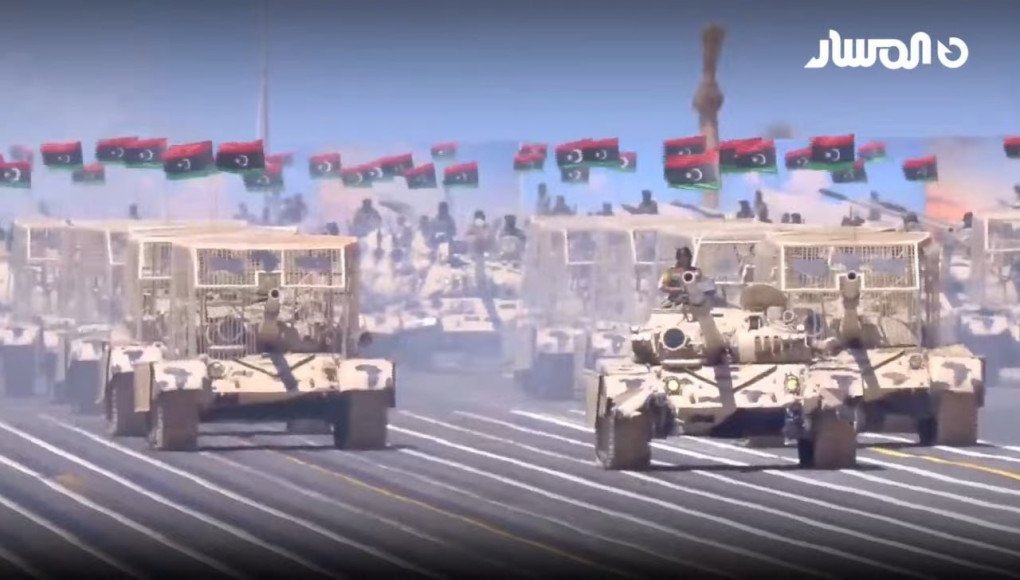
In strategic terms, the deployment of such systems may reflect a shift in the LNA’s operational doctrine, allowing it to conduct deep-strike missions and target adversaries from stand-off distances—well beyond the reach of counter-battery fire.
Russia shifts its military focus from Syria
Russia’s military presence in Libya has expanded markedly since 2022, particularly following its declining footprint in Syria.
Redeploying assets such as S-300 and S-400 air defense systems and combat aircraft like the MiG-29 and Su-24, Russia has transformed Libyan airbases including al-Khadim, al-Jufra, and Brak al-Shatti into regional logistics hubs.
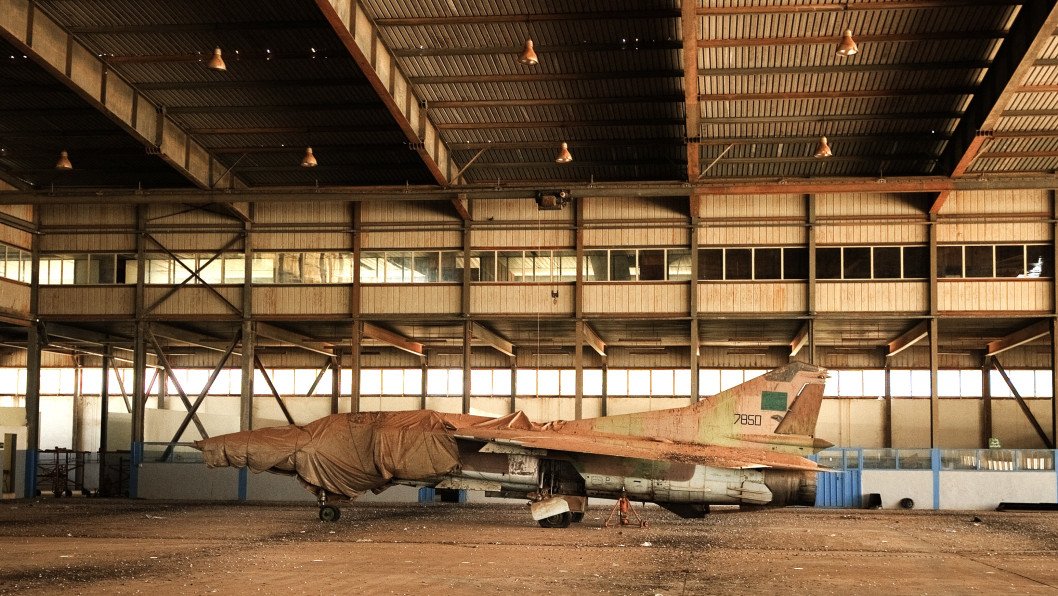
These moves are supported by the Africa Corps, a formal successor to the Wagner Group and now controlled by the Russian Ministry of Defense.
Reports indicate that more than 2,000 Russian personnel are operating in Libya, with Moscow also seeking naval access to Tobruk—potentially establishing a Mediterranean outpost close to NATO’s southern flank.
Observers argue that these actions are not purely military in nature. The closure of the Black Sea route to Syria after Russia’s full-scale invasion of Ukraine has forced Moscow to reroute military cargo via the much longer and costlier Baltic-Mediterranean corridor. This strains Russia’s logistical networks and consumes valuable fuel and resources.
Kremlin’s economic angle
According to Defense Express, these costs may be offset by Moscow’s desire to secure access to critical raw materials and energy resources in Libya.
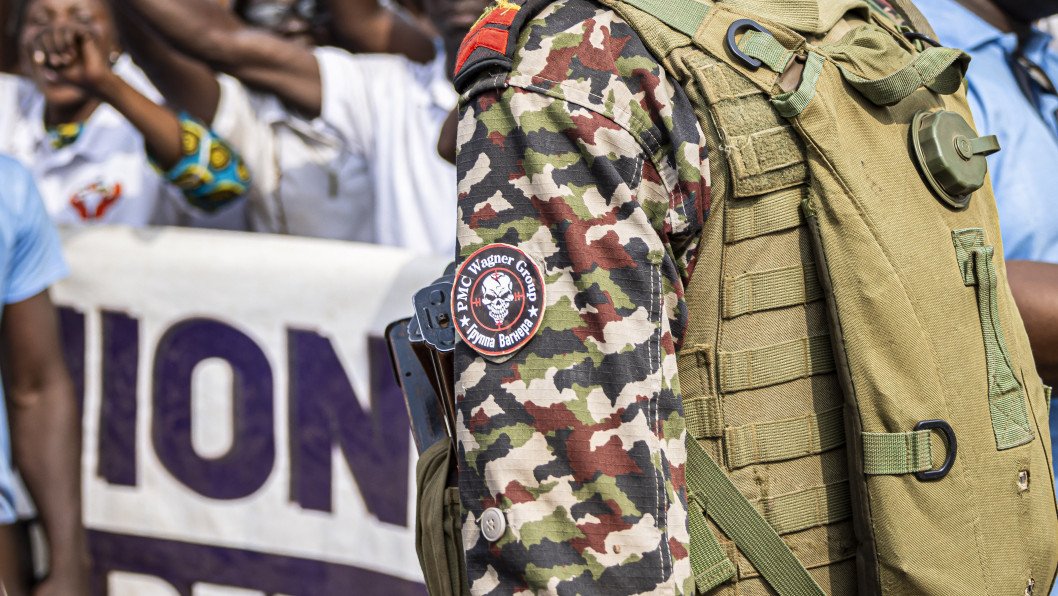
“It’s entirely plausible that Russia is trading advanced but scarce military equipment for long-term concessions on mineral extraction, oil, and other assets. In the context of sanctions and the war economy, Libya could be a strategic bargaining chip,” Defense Express wrote.
Notably, the scale of Russian support remains difficult to assess. Western intelligence and open-source databases like The Military Balance 2024 list equipment types used by Libyan factions but rarely quantify them, enabling what one analyst called a “strategic ambiguity” that benefits the Kremlin.
As Haftar tightens his alignment with Moscow, the Tripoli-based Government of National Unity has increasingly raised alarms over Russian influence in Libya.
But for now, with Russia providing advanced systems like the Smerch and Tor-M2E, and securing deeper military footholds across the country, the geopolitical balance in Libya—and perhaps the Mediterranean—is quietly shifting.
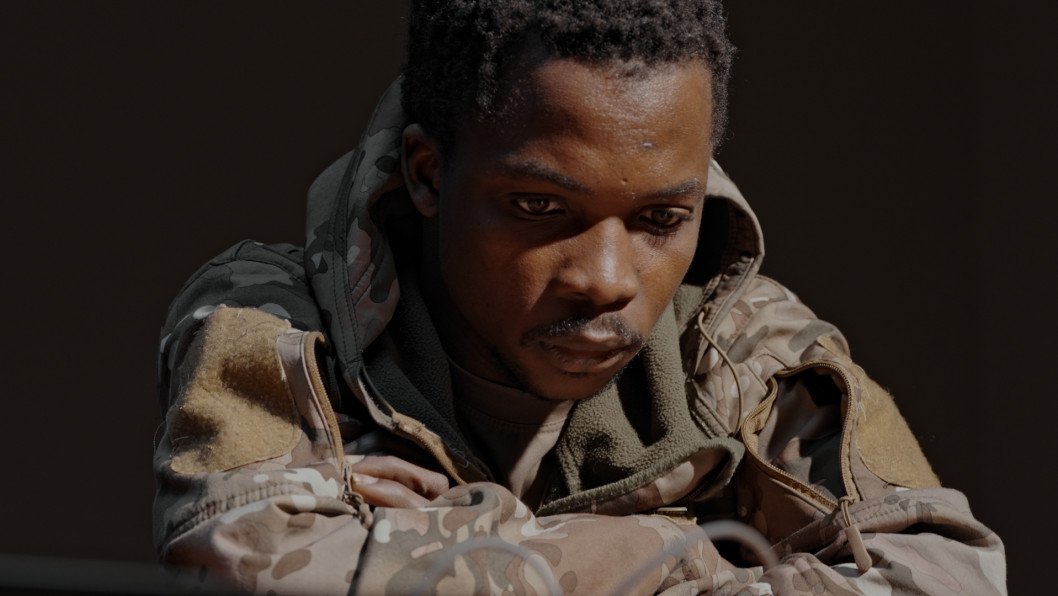
Earlier, On May 9, a group of Russian troops participated in a Victory Day parade in Equatorial Guinea, marking the first official appearance of a Russian military presence in the Central African nation, following their deployment in the fall of 2024.
The Russian contingent consisted of about 40 troops and included armored vehicles such as the BTR-82A and the Tigr infantry mobility vehicle, along with a truck-mounted ZU-23-2 anti-aircraft gun and two Toyota Hilux pickups.
In a bid to win over local audiences, Russian forces also showcased an FPV drone training simulator.
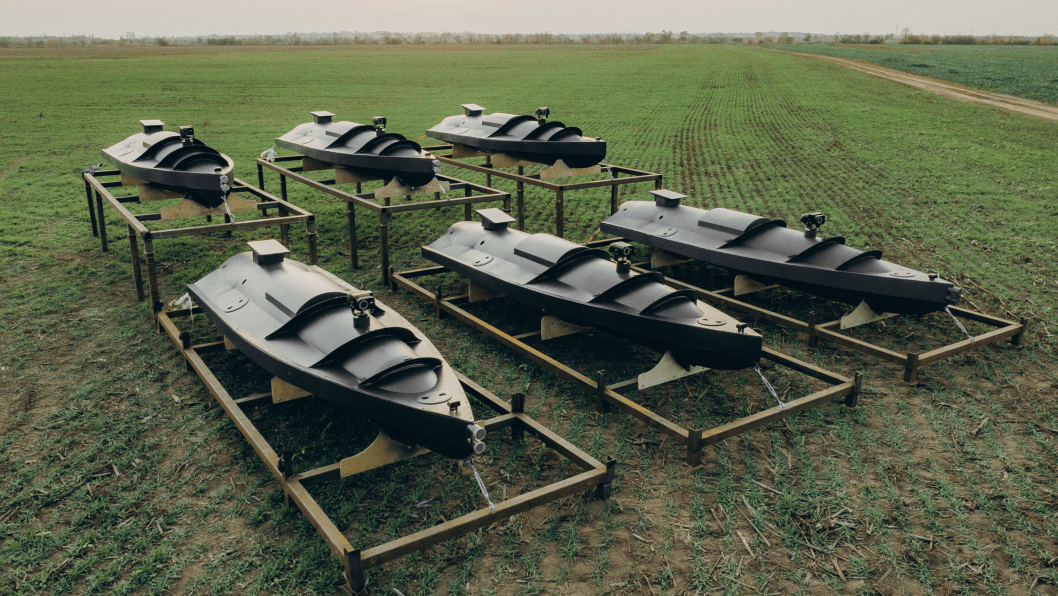


-111f0e5095e02c02446ffed57bfb0ab1.jpeg)


